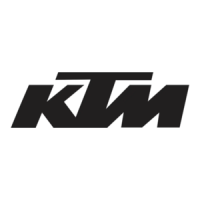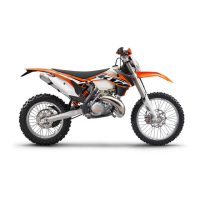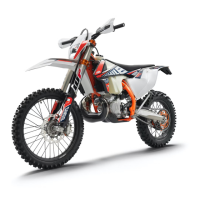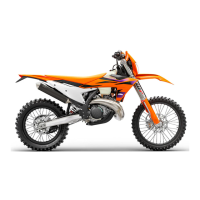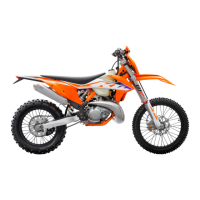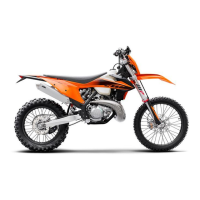Why KTM Motorcycle engine does not speed up?
- MMary PageAug 21, 2025
If the KTM Motorcycle engine does not speed up, it could be due to: the carburetor running over because the float needle is dirty or worn (check/set the carburetor components); loose carburetor jets (check/set the carburetor components); or a fault in the ignition system (check the ignition system).
